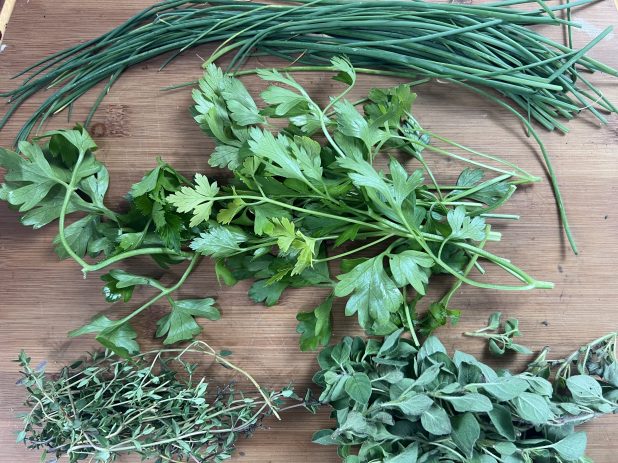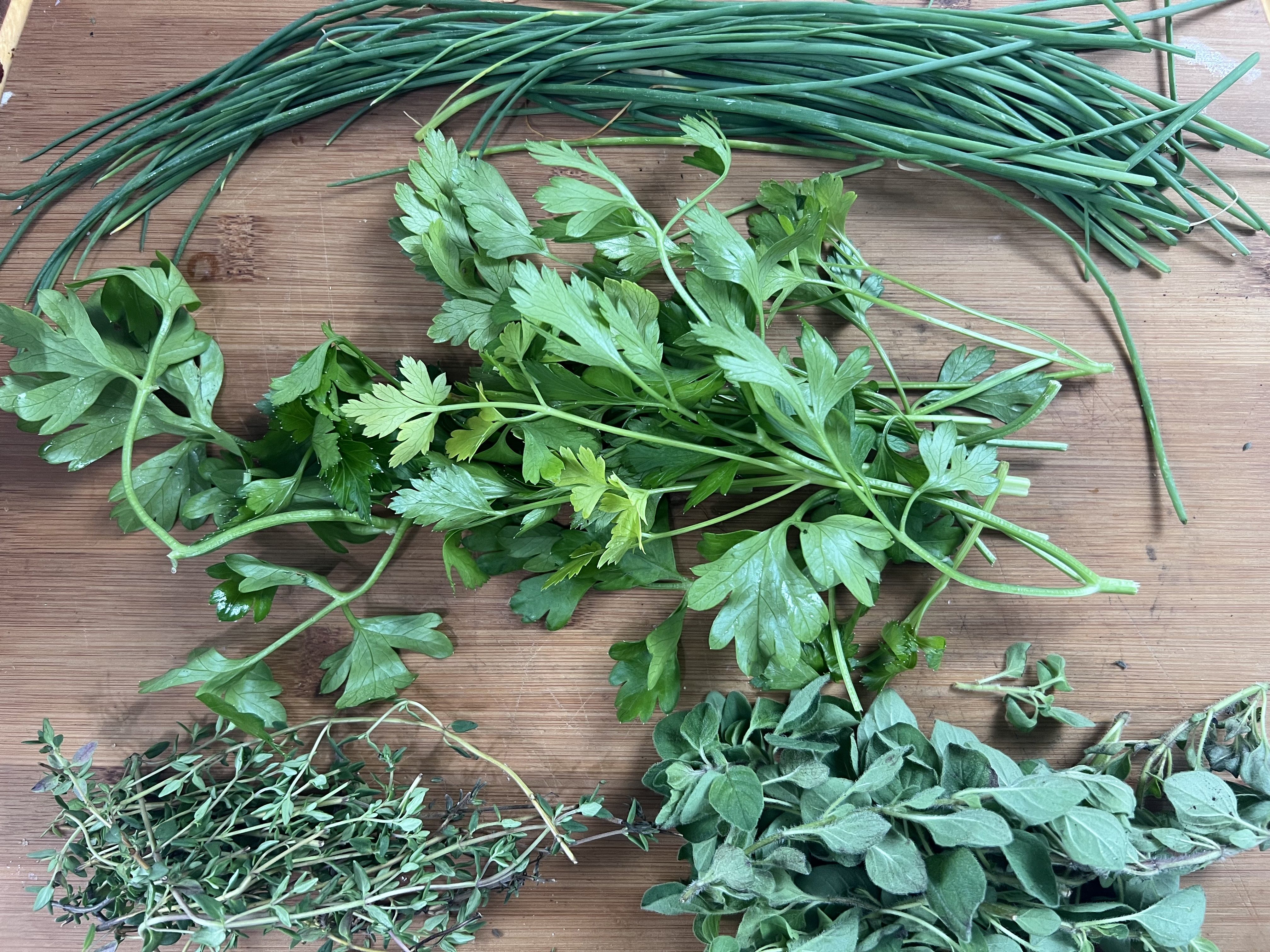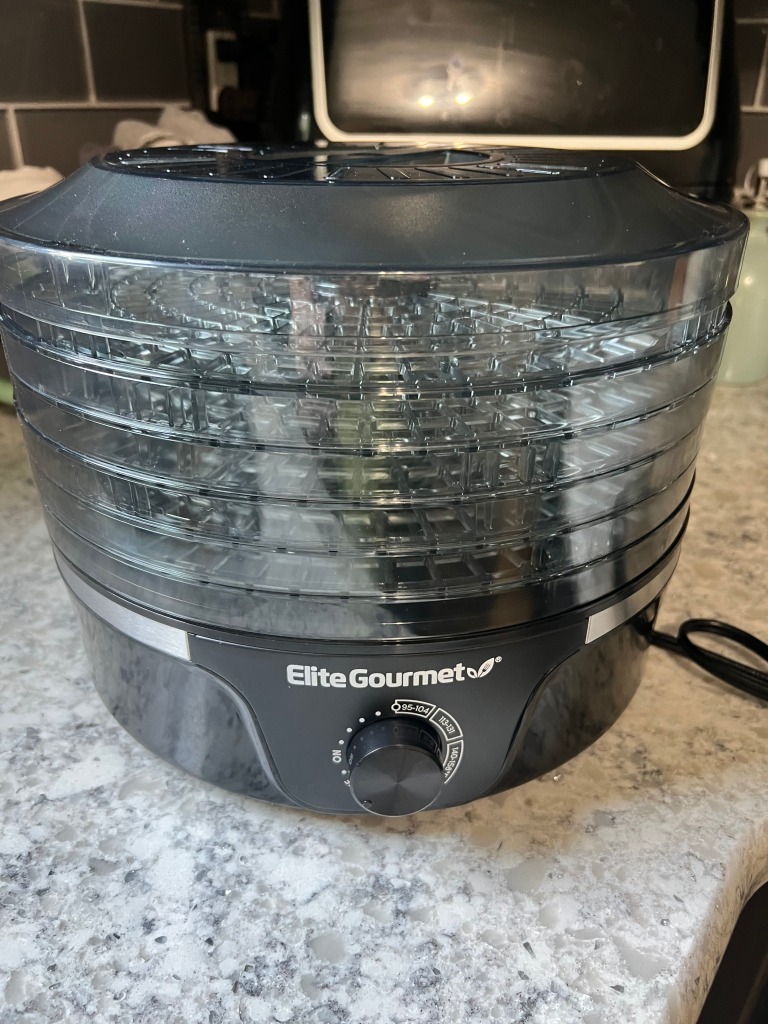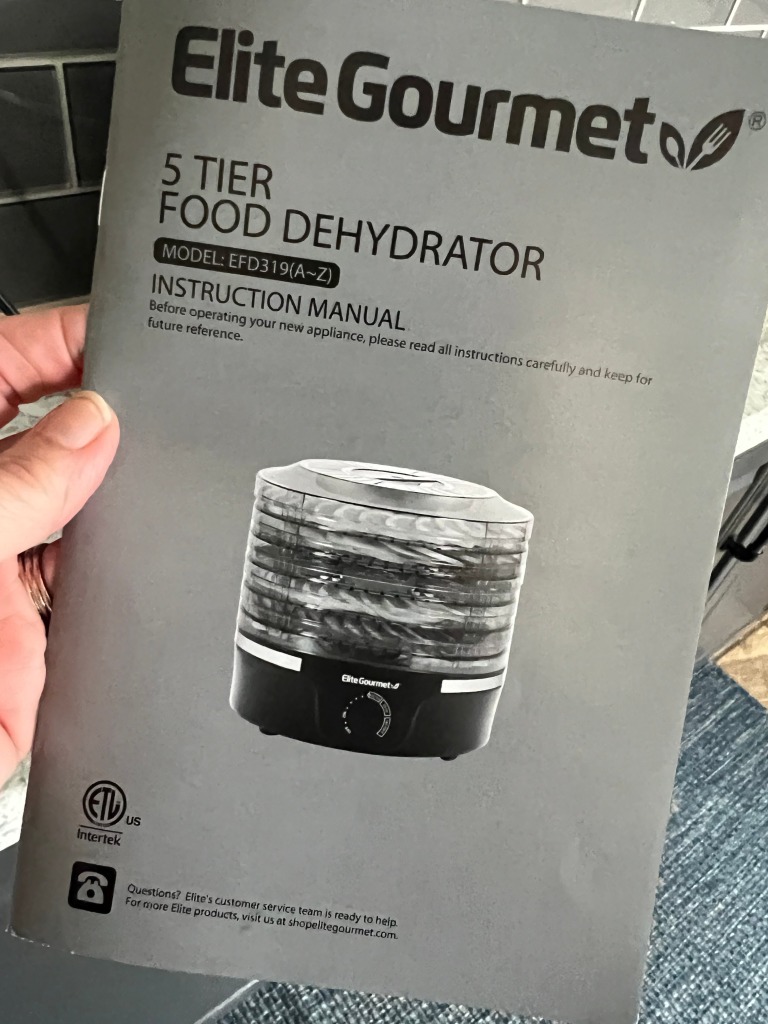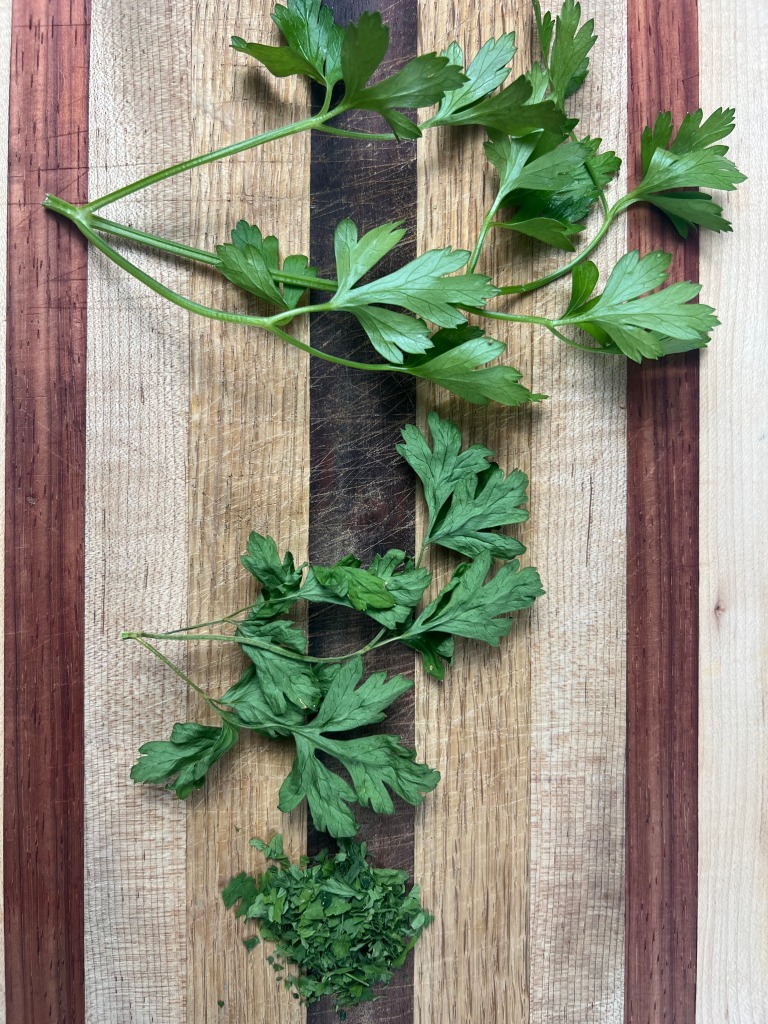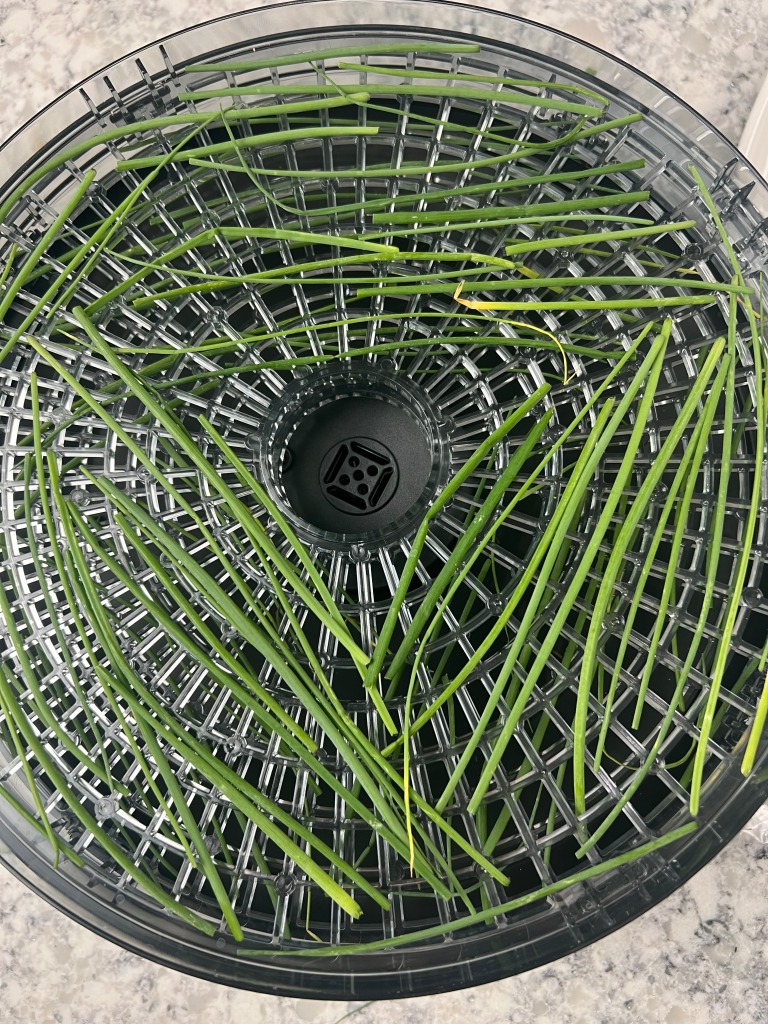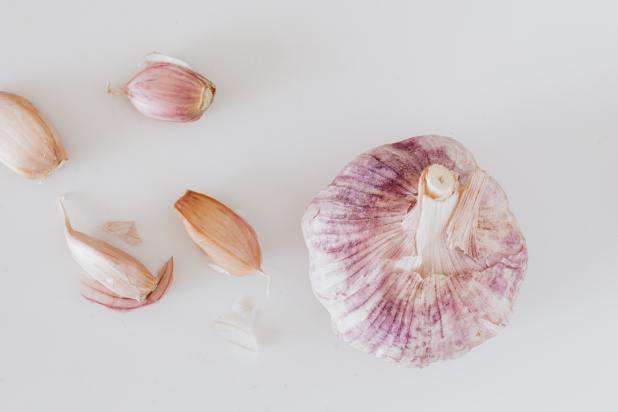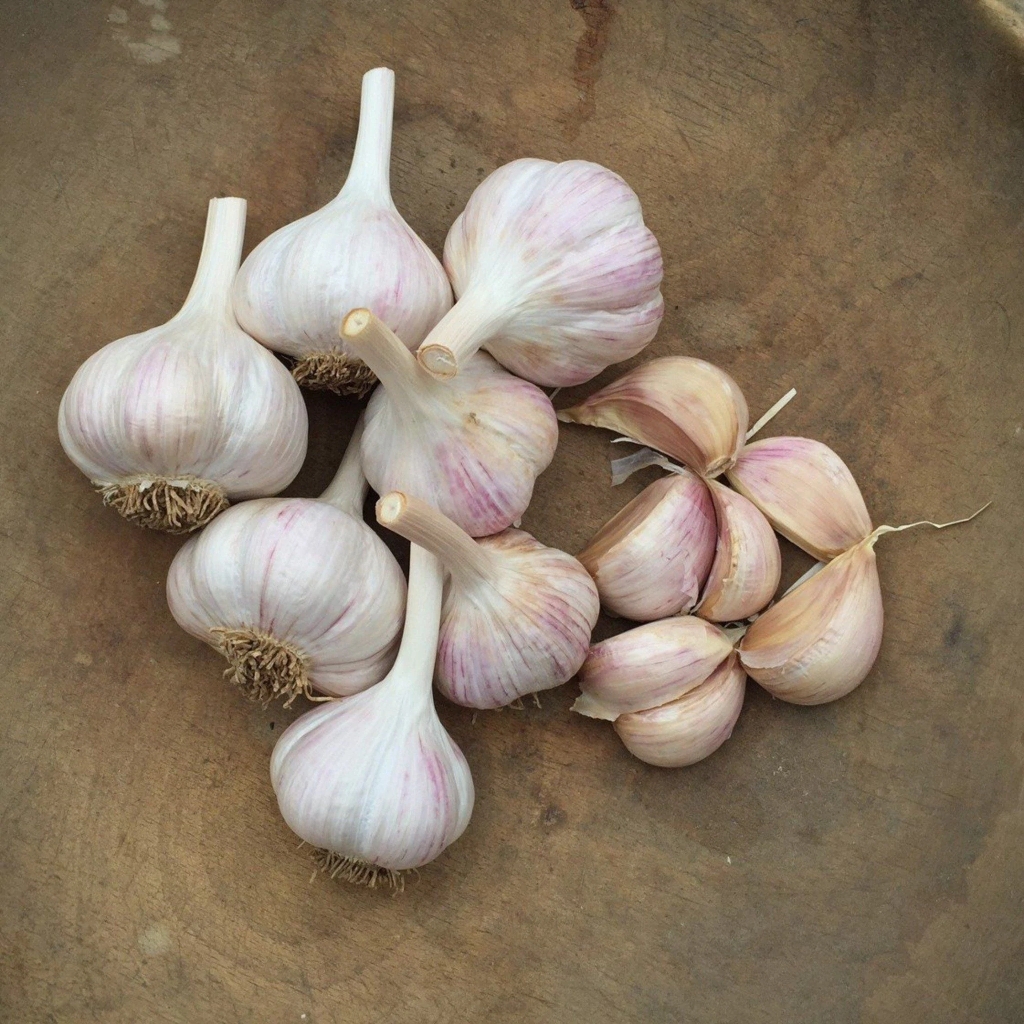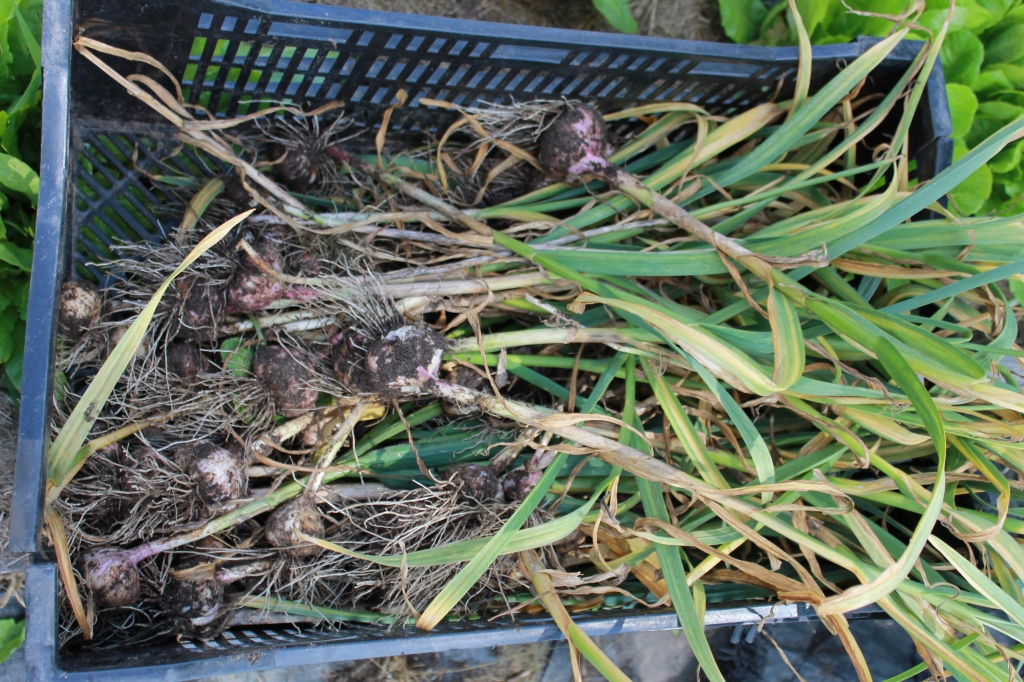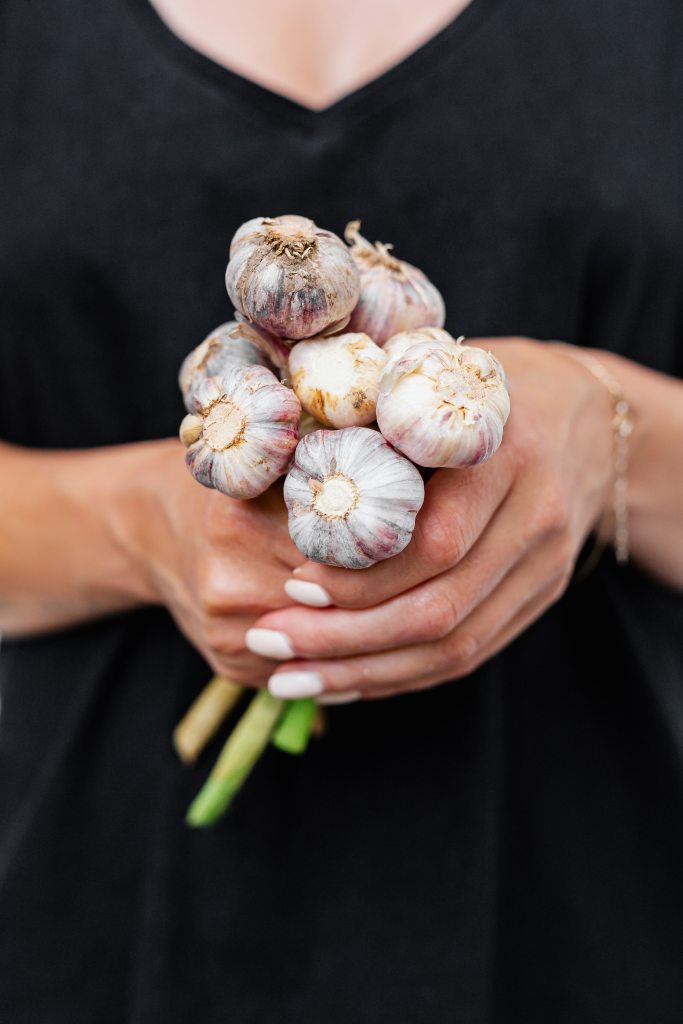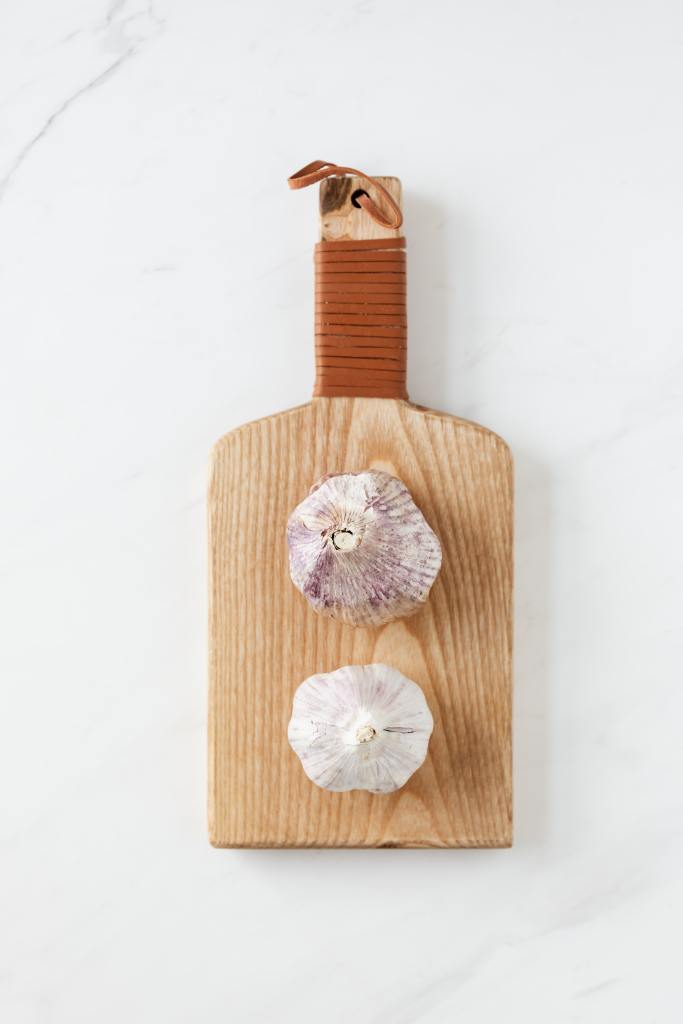“It’s really important to teach people how to get food, how to grow it, how to pick it, how to prepare it and what’s safe to eat.” ― Arthur Potts Dawson

Do you grow your own herbs? Well, if you do, this is a video you won’t wanna miss! Over the years, I have owned several Elite Gourmet Food Dehydrators! I just got my new one and I’m so excited to start using it.
In today’s video, I’m going to show you how easy it is to use this dehydrator to dry your homegrown or purchased herbs.
If you are interested in purchasing your own Elite Gourmet Food Dehydrator, if you click the link here, I will receive a small financial compensation. Thanks in advance you won’t regret purchasing this item!
Check out my YouTube video below for this easy how to and then scroll down for recipes on how to create your own spice blends, including Italian seasoning and taco seasoning!
Keep scrolling to see how I processed my herbs and how to store them.
Now check out how I tried my herbs!
Check out these past blog posts for herb spice blends and more!
Dry Spice Blend Recipes: Easy to make salad dressings and dips
I also mentioned there were a few other ways to dry your herbs, here it is along with more recipes for Herb Salts! How-to preserve your herbs, & bonus recipes!
Would you like to learn how to get the most out of your herbs? Well check out this post, Harvesting Herbs: Tips to get the most yield from your herbs, yummy herb butter recipes

Subscribe to our newsletter to get the latest stories in your inbox.
If you enjoyed this blog, please LIKE, Follow, Share & leave me a comment! I love your feedback~
Added bonus: You can go to my blog at http://www.fordragonfliesandme.com to purchase my original cookbook, Lovingly Seasoned Eats and Treats in either a spiral bound soft cover OR NEW, a Downloadable PDF version. The cookbook has almost 1000 recipes on almost 500 pages! Check out the Cookbook Testimonials while you’re there!
Until next time remember to,
Eat fresh, shop local & have a happy day,
Jean
Copyright Policy
All text and images on this site are copyright of For Dragonflies And Me. Unless otherwise noted, you may not use this content.
This post may contain affiliate links. If you choose to purchase through an affiliate link, I may receive a small commission at no additional cost to you. You can see my full disclaimer here.

